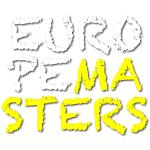The four tournament games played at the European championships of 2013 were
- Myrmes – Ystari Games
- The Palaces of Carrara – Hans im Glück
- Ginkgopolis – Pearl Games
- Key Flower – R&D Games/HUCH! & Friends
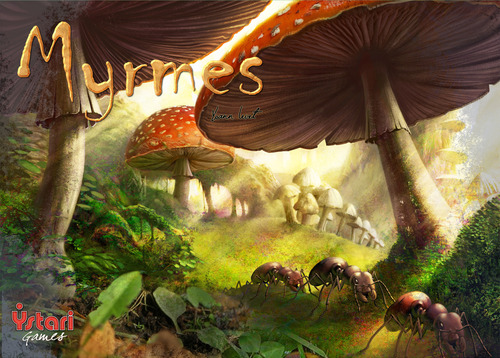

In Myrmes, players control ant colonies and use their ants to explore the land (leaving pheromones in their wake); harvest “crops” like stone, earth and aphids; fight with other ants; complete requests from the Queen; birth new ants; and otherwise dominate their tiny patch of dirt, all in a quest to score points and prove that they belong at the top of the heap. After three seasons of scrabbling and foraging, each ant colony faces a harsh winter that will test its colonial strength.
In game terms, each player has an individual game board to track what’s going on inside his colony – that is, whether the nurses are tending to larvae or doing other things, where the larvae are in their growth process, what resources the colony has, which actions are available to workers when they leave the colony, and so on.
The shared game board shows the landscape outside the exit tunnel that all colonies share; after exiting this tunnel, workers ants can move over the terrain to place pheromones (which gives them access to resource cubes), clean up empty pheromones (to make space), hunt prey (by discarding soldiers) or place special tiles (but only if they’ve developed the ant colony).

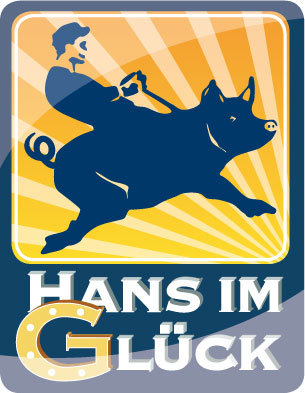
In Die Paläste von Carrara, players want to buy the marble from this famous region of Italy as cheaply as possible – but any reduction in price will benefit opponents as well. Maybe you’ll find it profitable to instead invest in the buildings created from this marble? Maybe it’ll be more worthwhile to grab the expensive raw material when bigger buildings in town turn out to be not so lucrative?The game includes two levels of play: beginner and advanced.
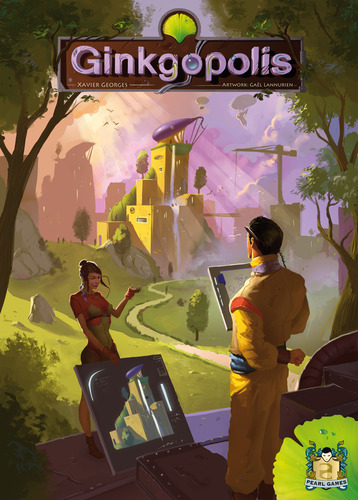
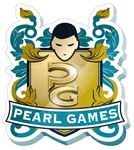
2212: Ginkgo Biloba, the oldest and strongest tree in the world, has become the symbol of a new method for building cities in symbiosis with nature. Humans have exhausted the resources that the Earth offered them, and humanity must now develop cities that maintain a delicate balance between resource production and consumption. Habitable space is scarce, however, and mankind must now face the challenge of building ever upwards. To develop this new type of city, you will gather a team of experts around you, and try to become the best urban planner for Ginkgopolis.
In Ginkgopolis, the city tiles come in three colors: yellow, which provides victory points; red, which provides resources; and blue, which provides new city tiles. Some tiles start in play, and they’re surrounded by letter markers that show where new tiles can be placed.On a turn, each player chooses a card from his hand simultaneously. Players reveal these cards, adding new tiles to the border of the city in the appropriate location or placing tiles on top of existing tiles. Each card in your hand that you don’t play is passed on to your left-hand neighbor, so keep in mind how your play might set up theirs!
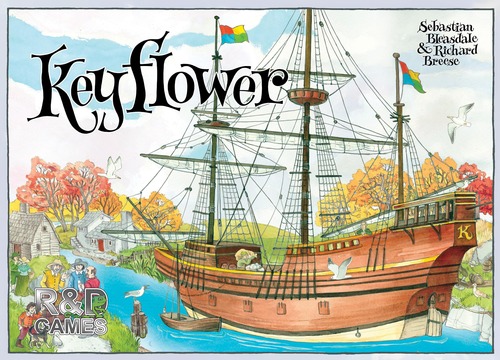
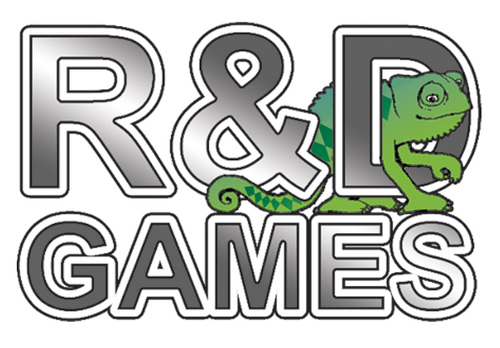
Keyflower is a game for two to six players played over four rounds. Each round represents a season: spring, summer, autumn, and finally winter. Each player starts the game with a “home” tile and an initial team of eight workers, each of which is colored red, yellow, or blue. Workers of matching colors are used by the players to bid for tiles to add to their villages. Matching workers may alternatively be used to generate resources, skills and additional workers, not only from the player’s own tiles, but also from the tiles in the other players’ villages and from the new tiles being auctioned.
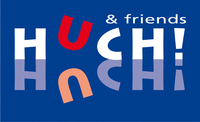
In spring, summer, and autumn, more workers will arrive on board the Keyflower and her sister boats, with some of these workers possessing skills in the working of the key resources of iron, stone, and wood. In each of these seasons, village tiles are set out at random for auction. In the winter, no new workers arrive, and the players select the village tiles for auction from those they received at the beginning of the game. Each winter village tile offers VPs for certain combinations of resources, skills, and workers. The player whose village and workers generate the most VPs wins the game
Keyflower presents players with many different challenges, and each game will be different due to the mix of village tiles that appear in that particular game. Throughout the game, players will need to be alert to the opportunities to best utilize their various resources, transport and upgrade capability, skills, and workers. Keyflower, a joint design between Richard Breese and Sebastian Bleasdale, is the seventh game in the “Key” series from R&D Games set in the medieval “Key” land.
With many thanks to boardgamegeek
.
